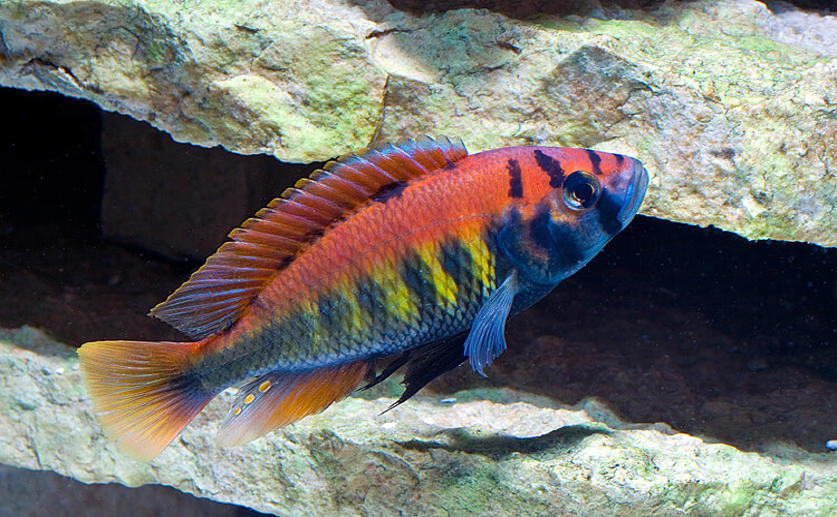
This archived news article is over 5 years old.
Researchers Provide an Explanation for the Rapid Evolution of Lake Victoria’s Fish
Joanna Lawrence
11th February, 2017


Joanna Lawrence
11th February, 2017
